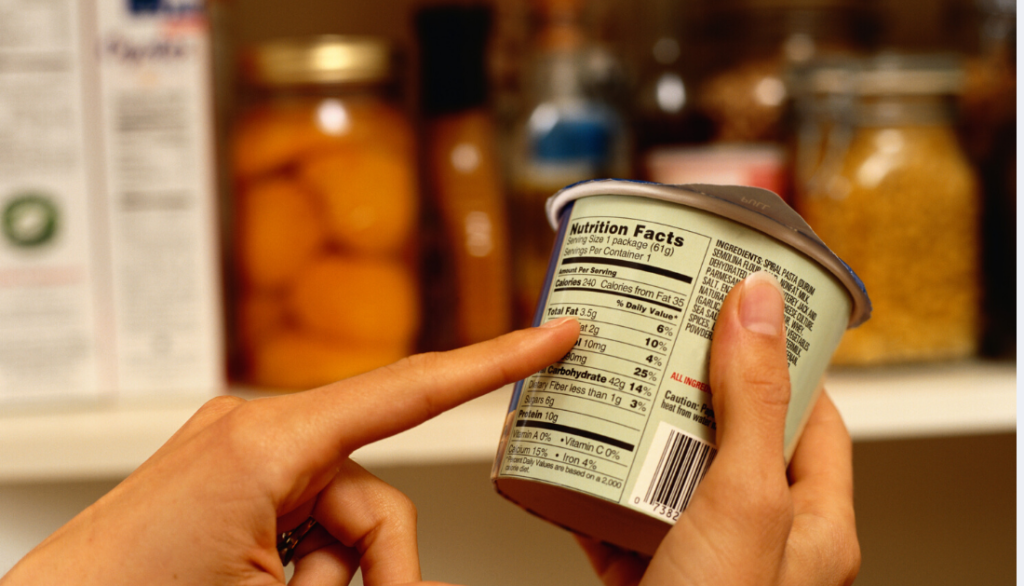
Blog
Understanding the Nutrition Label: The Importance of its Design
When we introduced our Understanding the Nutrition Label series, the main theme was the amount of research, time and effort that went into the undertaking that resulted in the creation of the Nutrition Facts panel or NFP we see on products today. That same level of effort needs to go into any front-of-package or FOP nutrition labeling scheme — including factoring its design — so consumers can continue to make informed decisions that support their health and lifestyle needs.
Facts Up Front or FUF, a voluntary industry-led initiative, has been in the marketplace for more than a decade and puts key nutritional information from the NFP, right on the front of its food packaging. Industry has embraced FUF, and the program has evolved over time. In fact, to align more closely with the Dietary Guidelines for Americans or DGAs and the revised NFP, we’ve recently released an update to the FUF style guide to include an ‘Added Sugars’ icon.
We urge FDA to include calories in the FOP schemes to be tested. As research has shown that calories are what consumers look for most often on nutrition labels, FDA’s stated goal to reduce diet-related chronic disease can best be achieved by giving consumers calorie information as part of any FOP scheme. Additionally, a ‘Calories’ icon would provide a relevant, practical option for small packages where a complete FOP graphic is not feasible.
FDA should take a holistic approach to the labeling of a food’s nutritional profile, including addressing both positive nutrients and nutrients to limit, allowing consumers to make more informed choices based upon the total nutrient contributions of a food. An exclusive focus on nutrients to limit will not help consumers identify the “better” or more nutrient dense choice. This would be in line with the DGAs, which focuses on both positive nutrients and nutrients to limit.
Consumer Brands prefers the use of a monochromatic scheme. Research from Health Canada shows that use of a monochromatic scheme is both effective and efficient. Further, currently there are no mandatory policies globally that include a color-coded traffic light system.
Development of a FOP labeling system would be the most significant nutrition labeling initiative since Nutrition Label Reform. Consumer Brands is a partner in this effort, as shown by our longstanding commitment to the Facts Up Front program. Any proposed FOP labeling system must be developed in a transparent manner, with stakeholder input, focus on real tangible outcomes for consumers, and needs to be done within the confines of FDA’s statutory and constitutional authority.
Published on November 20, 2023





